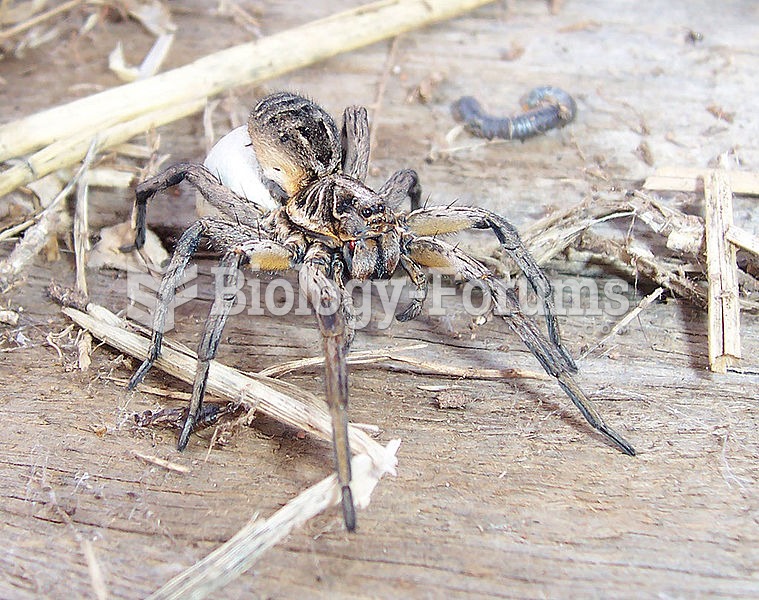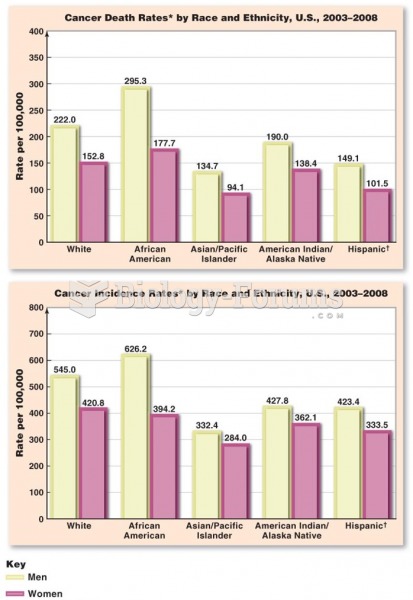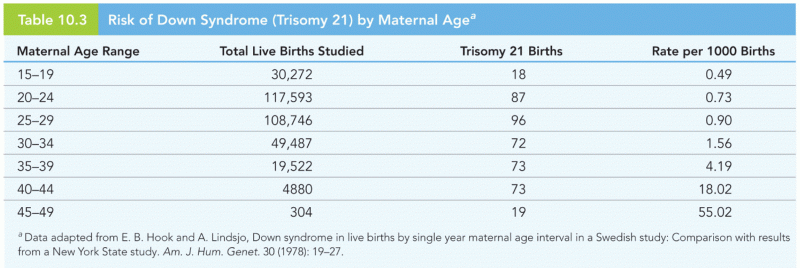Answer to Question 1
Answer: D
The Family APGAR is a quick five-item questionnaire that may be used as an initial screening tool for family assessment. All other choices are family assessment tools but are not appropriate for initial family assessments.
Answer to Question 2
Answer: C
Four tasks that help children adapt to loss are as follows: accept the loss and its permanence; experience the emotions associated with grief, such as anger, fear, sadness, guilt, and loneliness; adjust to daily life without the individual who has been lost; and come to see the relationship with the deceased as one based on memories in place of continuing experience. During the first task, the child must come to understand the loss. In the case of a death, the child must understand that the one who has been lost will not return. Although the child should not be forced to accept the death, nurses and other caregivers can explain and reinforce the reality that the beloved individual is not returning. During the second task, children experience emotions similarly to those of adults as they grieve loss. Nurses support children in this task by encouraging emotional expression and by helping parents to understand that these expressions are normal and appropriate. It also is helpful for adults to recognize that emotions can be triggered long after the loss by holidays, birthdays, or other special events. The third and fourth tasks of this model take time to process and accept. Adults can help children in these tasks by listening, by helping children adjust to changes in routines, and by encouraging activities that promote new memories.







